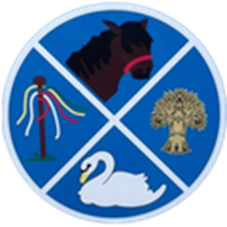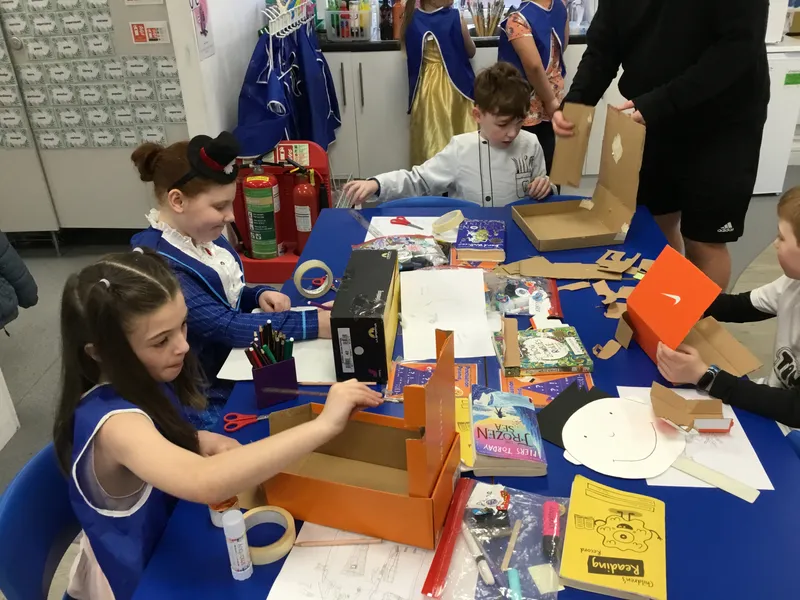English

of
Zoom:
Search:
of
Zoom:
Search:
of
Zoom:
Search:
RWI Phonics: a guide for Parents- https://home.oxfordowl.co.uk/reading/reading-schemes-oxford-levels/read-write-inc-phonics-guide/
T4Writing- https://www.talk4writing.com/about/
Accelerated Reader: see attached document- Best Practise in Accelerated Reader
Recommended reads:
Recommended Reads for EYFS
https://www.booksfortopics.com/reception
Recommended Reads for Year 1
https://www.booksfortopics.com/year-1
Recommended Reads for Year 2
https://www.booksfortopics.com/year-2
Recommended Reads for Year 3
https://www.booksfortopics.com/year-3
Recommended Reads for Year 4
https://www.booksfortopics.com/year-4
Recommended Reads for Year 5
https://www.booksfortopics.com/year-5
Recommended Reads for Year 6



